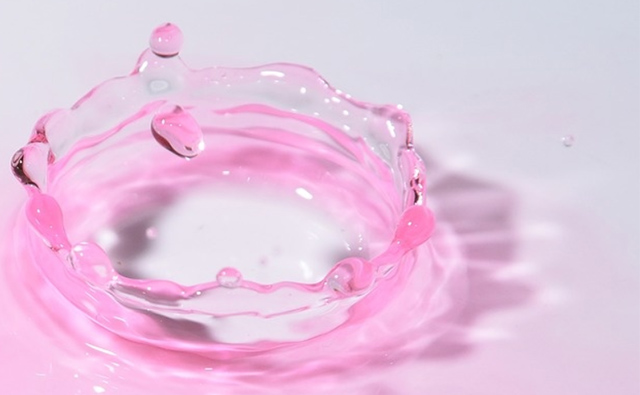Industry News, Coatings
Improving the thermal properties of pigmented acrylic resin

Industry News, Coatings

Iranian researchers have investigated whether silica airogel improves the thermal properties of pigmented acrylic resin.
Two different types of acrylic resins were synthesised through emulsion polymerisation. The first category contained methyl methacrylate, 2-ethylhexyl acrylate, and acrylic acid monomers. The second composition had an additional monomer named acrylamide (AAm).
AAm increases paint adhesion
The results showed that the presence of the AAm monomer increased the monomer conversion (>90% in the first 10 min) and the rate of polymerisation. To study the effect of silica aerogel as a thermal barrier additive for acrylic resins, samples were mixed with silica aerogel using sodium dodecyl sulfate as surfactant. In the next step, the resins were used to make white acrylic-based paints. The heat transfer measurements revealed that the thermal insulation properties were not affected by the composition of the resin. On the other hand, the use of AAm monomer increased the paint adhesion properties and helped the resin to receive more aerogel (up to 5 wt %) which in turn decreased the heat loss of the painted wall.
The study is published in: Applied Polymer Science, Volume 135, Issue 1, January 05, 2018.
In this study, two different types of acrylic resins were synthesized through emulsion polymerization. The first category of acrylic resins contained methyl methacrylate, 2-ethylhexyl acrylate, and acrylic acid monomers. The second composition had an additional monomer named acrylamide (AAm). The kinetic behavior of polymerization reaction was investigated. The results showed that the presence of the AAm monomer increased the monomer conversion (>90% in the first 10 min) and the rate of polymerization. Furthermore, the latexes were characterized by Dynamic Light Scattering (DLS) Fourier Transform Infrared, and differential scanning calorimeter analysis. To study the effect of silica aerogel as a thermal barrier additive for acrylic resins, samples were mixed with silica aerogel using sodium dodecyl sulfate as a surfactant. In the next step, the above-mentioned resins were used to make white acrylic-based paints. The heat transfer measurements revealed that the thermal insulation properties were not affected by the composition of the resin. On the other hand, the use of AAm monomer increased the paint adhesion properties and helped the resin to receive more aerogel (up to 5 wt %) which in turn decreased the heat loss of the painted wall. © 2017 Wiley Periodicals, Inc. J. Appl. Polym. Sci. 2018, 135, 45640.